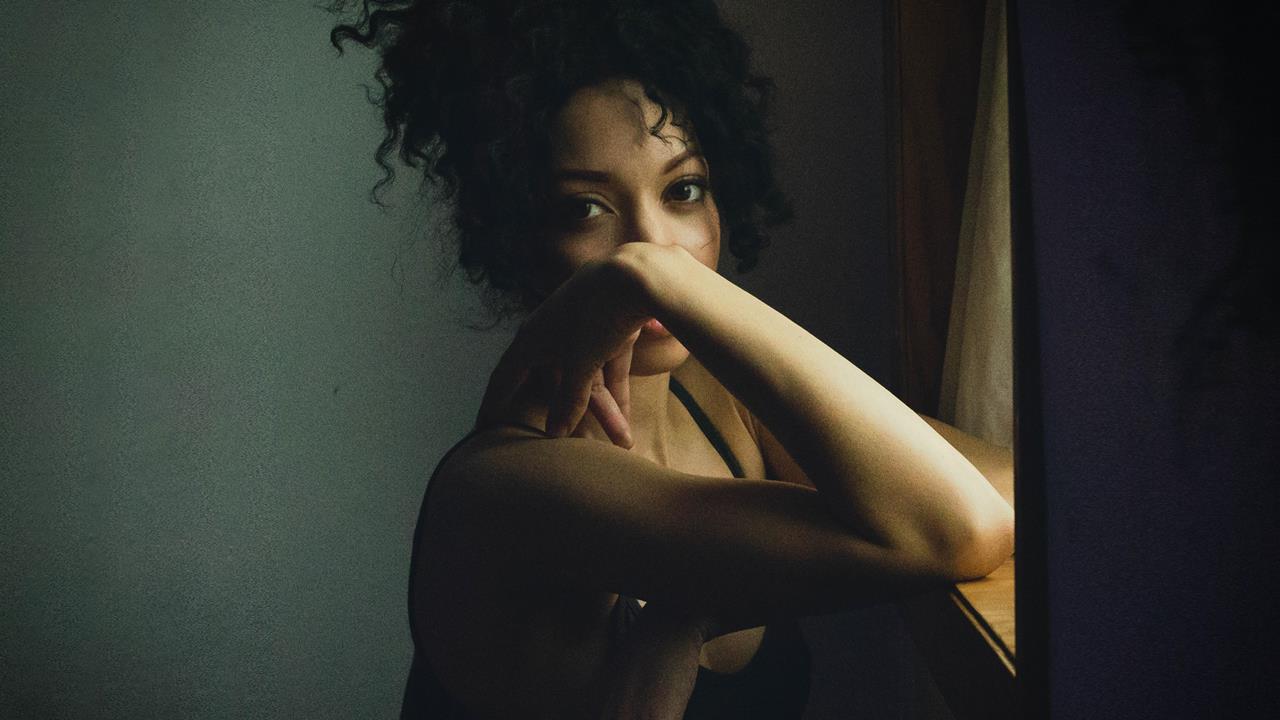
 For two months last spring, Harmonia Rosales reimagined the creation story Michelangelo painted in the Sistine Chapel. If you followed the artist on social media, you saw her creation take shape, watched as her paintbrush told the story anew. Its figures — Jesus, Adam, God and a chorus of angels — were similar to the original, except for one striking detail: They were all Black women. And then the floodgates opened.
For two months last spring, Harmonia Rosales reimagined the creation story Michelangelo painted in the Sistine Chapel. If you followed the artist on social media, you saw her creation take shape, watched as her paintbrush told the story anew. Its figures — Jesus, Adam, God and a chorus of angels — were similar to the original, except for one striking detail: They were all Black women. And then the floodgates opened.
Rosales completed The Creation of God on May 5, and thousands gathered on Instagram and Facebook. Most offered praise; they were overjoyed and moved to see mothers, aunts and grandmothers in the face of God. Others called the work “degenerate,” “blasphemous,” an “appropriation of white culture.” Some were more offensive.
The wickedness of man was great.
“Having never really felt that unfiltered racism, I thought about stopping,” Rosales says. “When I became really sad about the comments, my mother said, ‘That’s going to make you an artist. The controversy. I was waiting for that.’”
Melodye Benson Rosales, an artist herself, wasn’t merely comforting her 34-year-old daughter. In 1996, she had written and illustrated Twas the Night B’fore Christmas, featuring a Black Santa Claus, and in 1999, Leola and the Honeybears: An African-American Retelling of Goldilocks and the Three Bears.
Still, this was new territory for Harmonia, who never knew the risks her mother had taken decades earlier. “I didn’t think about color or how important it was,” she says. “Remember when the 3-foot Barbies came out? Blond hair, blue eyes. I wanted that Barbie so bad, and my mom was like, ‘Maybe for Christmas.’
“Christmas came. We woke up and we saw all these presents wrapped, and she said, ‘OK, you can open that one.’ I opened it, and it was a Black 3-foot Barbie. I remember being so disappointed. I wanted the blond one. My mother leaned over and said, ‘Don’t ever forget who you are.’”
Now that Rosales has her own children, the implications of race and identity have taken on greater weight. “I started focusing on issues of color … when I had my daughter,” she says. “I want her to grow up loving how she looks.”
Rosales had her first solo show, Black Imaginary to Counter Hegemony(B.I.T.C.H.), at Los Angeles’ Simard Bilodeau Contemporary in September 2017. It featured seven pieces, including The Creation of God, and sold out in a week. The Virgin was purchased by the actor Samuel Jackson
 Rosales calls herself a self-taught artist. Sure, she took classes and got herself admitted to the University of Illinois College of Fine and Applied Arts by plunking down a disheveled portfolio in front of an admissions officer. But formal education wasn’t enough for her.
Rosales calls herself a self-taught artist. Sure, she took classes and got herself admitted to the University of Illinois College of Fine and Applied Arts by plunking down a disheveled portfolio in front of an admissions officer. But formal education wasn’t enough for her.
“You’re programmed to be a cookie-cutter artist. A lot of these students graduate producing the same work. They’re teaching you to think the same,” she insists. “I didn’t like my design teacher. I couldn’t draw a straight enough line for him.”
Despite her early success, Rosales is still learning. When she was working on an interpretation of American Gothic, replacing the iconic white farmers with Native Americans, one of her Instagram followers saw a post of the work in progress and direct-messaged her to say she “had the tattoos wrong.” Two days of conversation ensued, and Rosales revised her portrait, saying that she welcomes these critiques since she works from images in her mind, not photographs.
But her audience on Instagram offers other critiques: “You’re doing a disservice to your daughter,” they say. “God is white.”
Donna Seaman, author of Identity Unknown: Rediscovering Seven American Women Artists, refutes these online attacks. “Blasphemy has always been part of art,” she maintains, “and we’re free to express ourselves however we want. There are many Black Virgin Marys.”
Seaman also defends the postmodern practice of borrowing from — and commenting on — the past. “Kerry James Marshall just did Rush More, so that’s a play on an existing set of images. Andy Warhol did The Last Supper.” And she’s struck by the “genuine feeling” she perceives in Rosales’ work: “It’s not just head, there’s heart.”
Rosales is planning a move to LA to be closer to the gallery that reps her work, and to her partner and frequent collaborator, the artist and actor Aldis Hodge. But this mother of two has no plans to slow down; in fact, her son and daughter are the reason she’s a painter. “If I didn’t have kids, I would not do art right now. They make me hone in on being focused,” she says. A focus that will never let them forget who they are.
